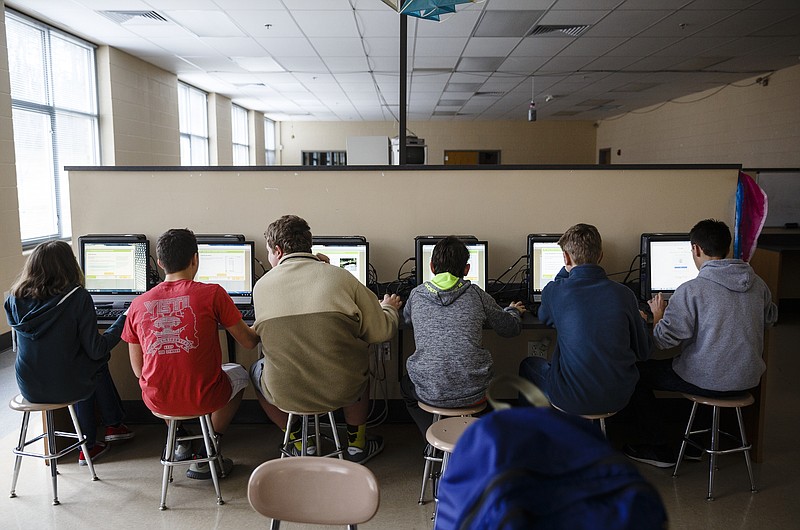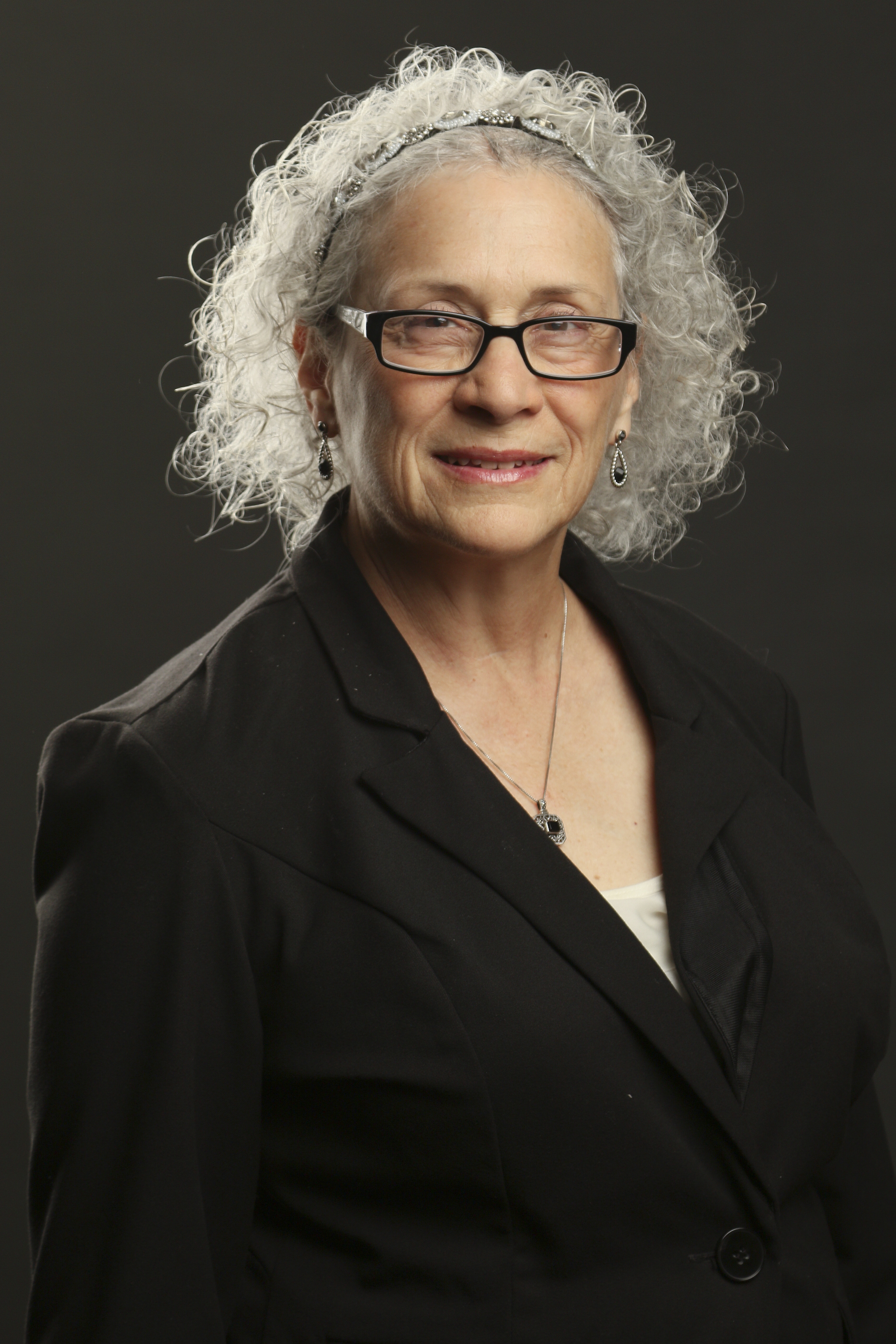When rocket scientist Dr. Aprille Joy Ericsson came to Chattanooga, it wasn't simply to extol the work of NASA and space exploration. Her goal was to boost the aspirations of those currently underrepresented in science, technology, engineering and mathematics (STEM) fields.
Ericsson was the first African-American female to receive a Ph.D. in mechanical engineering, the aerospace option, from Howard University. Who wouldn't be inspired hearing about aerospace, robotics and Earth science at the NASA Goddard Flight Center? Dalewood Middle School, Tech Town and Bessie Smith Cultural Center were fortunate to host her presentations.
Why would Ericsson's motivational effort be sponsored by Tina Player and the Kids Today-Scholars Tomorrow project of The World's Church of the Living God? Look at the numbers. They're challenging, bordering on scary and require every effort we can muster to reverse. The statistics are easy to find. They're on STEM education sites, including changetheequation.org and girlswhocode.org and on national projects as well as sources such as National Math and Science Initiative and the National Center for Women & Information Technology. Even the U.S. Department of Labor provides them.
The good news is that between 2014 and 2024, the number of STEM jobs will grow 17 percent, as compared with 12 percent for non-STEM jobs. By 2020, there will be an estimated 1.4 million computer-specialist job openings. The average hourly pay for these jobs can fuel our economic engine: $37.44 compared to $18.68 for all other types of jobs. But here's the problem: Students in the U.S. finish 27th in math and 20th in science out of 34 countries. The bad news is that just over a third of all high school grads are ready to take a college-level science course.
What is happening here? Americans love science and technology. We flock to see "Star Wars." Who hasn't said, "May the Force be with you" in their lifetime? Yet, even for successful high school graduates, the reality can be dark. The growth of STEM jobs is outpacing the number of qualified university graduates. Why is the Force hiding from us?
In their recent Diversity Report Podcast, Sheila and Priya Boyington focused on the missing gender factor. When choosing a college major, 0.4 percent of high school girls select computer science even though 74 percent of girls express interest in STEM courses in middle school. Not surprisingly, while women are almost 50 percent of our workforce, they held only 25 percent of professional computing jobs in 2015. Even more depressing, the numbers have gotten worse. The percentage of women who earned a technology bachelor's degree in 1985 exceeded those in 2014 by a substantial amount.
Dr. Neslihan Alp of the College of Engineering and Computer Science at UTC shared with me in a 2015 interview that the numbers of women entering STEM fields is modest; the number actually graduating in those fields is even smaller. When people of color are factored into the numbers, the result is downright depressing. For example: They make up 35 percent of the college-age population, but only 11 percent of engineering degrees.
When I hear an industry set a target number for women hires for STEM jobs, I'm partly optimistic. Look at the innovations we've made in education: STEM School Chattanooga, Tech Town, Chattanooga Robotics, UTC Sim Center and Volkswagen's student labs. We're Gig City with 3D printers in the public library. Surely we're nurturing the next generation of outstanding STEM-sters and the economy that follows.
Yet, there's a fundamental reason why we need Ericsson's motivational efforts. That reason is lack of exposure. Have you met Sheila Boyington's father? He's an engineer and a great role model for her, as Sheila is for daughter Priya. In my own case, I could have chosen to study STEM in college. I was in advanced math and science and computer coding back in the 1960s. But my parents were humanities types, and writing seemed more natural. If you don't have much exposure, you don't have much inspiration.
What to do? We have mentors who can and do inspire, but we need more of them, particularly for women and students of color. We need STEM-related industries to offer tours of their facilities and chats with their employees. Internships and opportunities to shadow executives also feed the pipeline of STEM employees. Finally, let's understand that STEM careers span multiple industries, and there are many, often unexpected, ways to follow your passion and gifts in the STEM world. How do I know that? When Dr. Alp asked me to teach technical writing at the college, I understood that STEM and I were partners. It just took a little inspiration from her to see it.
Deborah Levine, an award-winning author and trainer/coach, is editor of the American Diversity Report. Contact her at deborah@diveristyreport.com.

